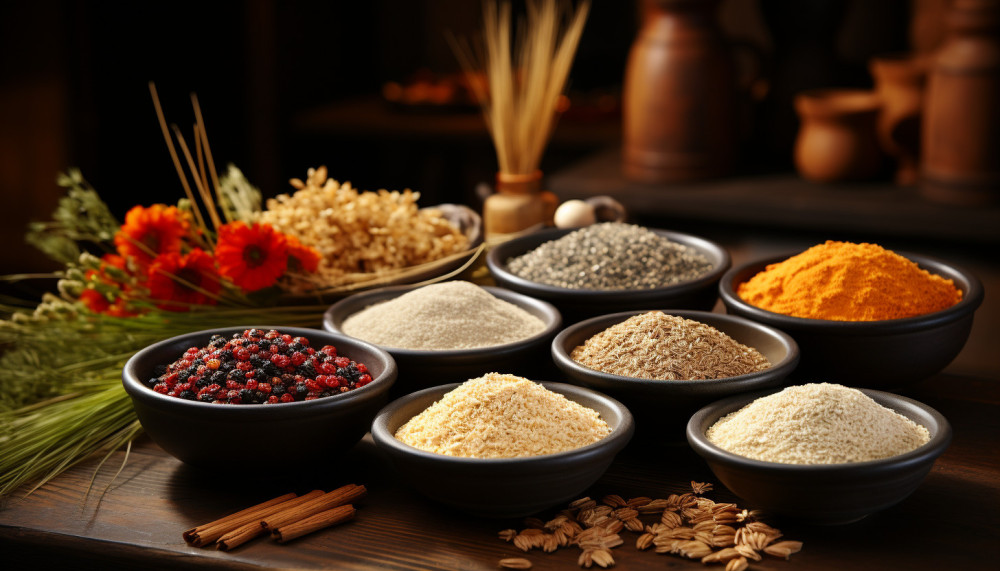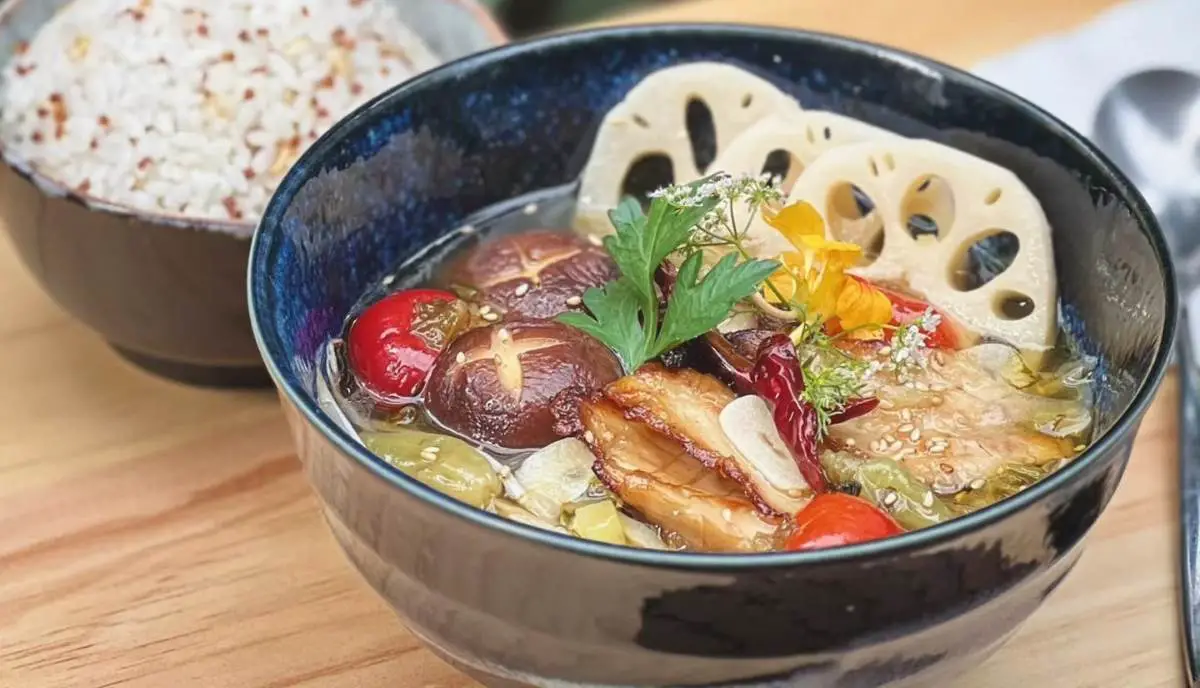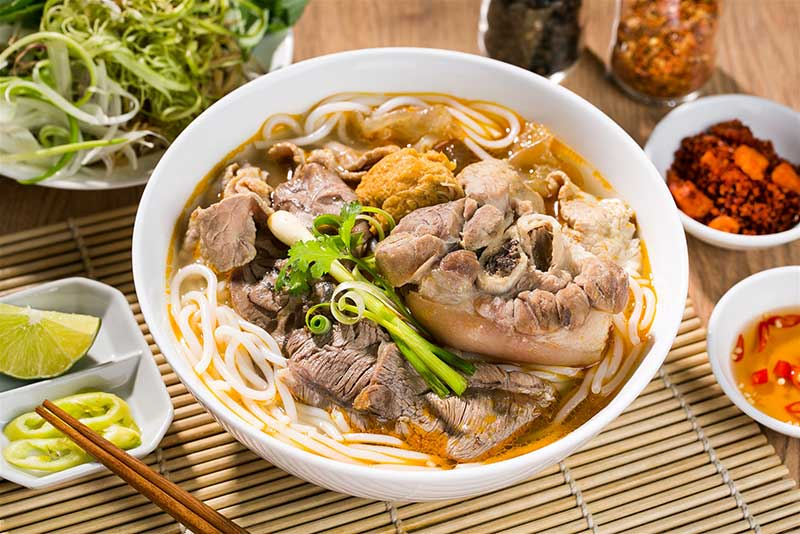In recent years, ancient grains like millet, sorghum, and buckwheat have been making a quiet but powerful comeback in modern Asian kitchens. Once staple ingredients across China, Korea, and Southeast Asia, these grains were gradually overshadowed by refined rice and wheat during industrialization. Now, chefs and home cooks alike are rediscovering their nutritional benefits and rich, earthy flavors, integrating them into both traditional and fusion dishes. This revival reflects a broader movement toward whole foods and sustainable eating across Asia.
Restaurants in Hong Kong, Seoul, and Bangkok are leading the charge by incorporating ancient grains into dumplings, noodles, and even desserts. Millet congee, sorghum stir-fry, and black rice mochi are becoming popular among health-conscious diners looking for alternatives to gluten-heavy meals. These grains are naturally rich in fiber, protein, and essential minerals, supporting gut health and energy levels. Their use also aligns with growing consumer demand for food that is both wholesome and culturally rooted.
What sets this trend apart is its focus on preservation and innovation. Culinary schools and local food historians are collaborating to revive age-old recipes, while modern chefs experiment with plating and pairings that appeal to contemporary aesthetics. As climate change puts pressure on global food systems, ancient grains—being drought-resistant and low-impact—offer a sustainable option for the future. Their resurgence is not just a trend, but a meaningful return to Asia’s agricultural heritage.





